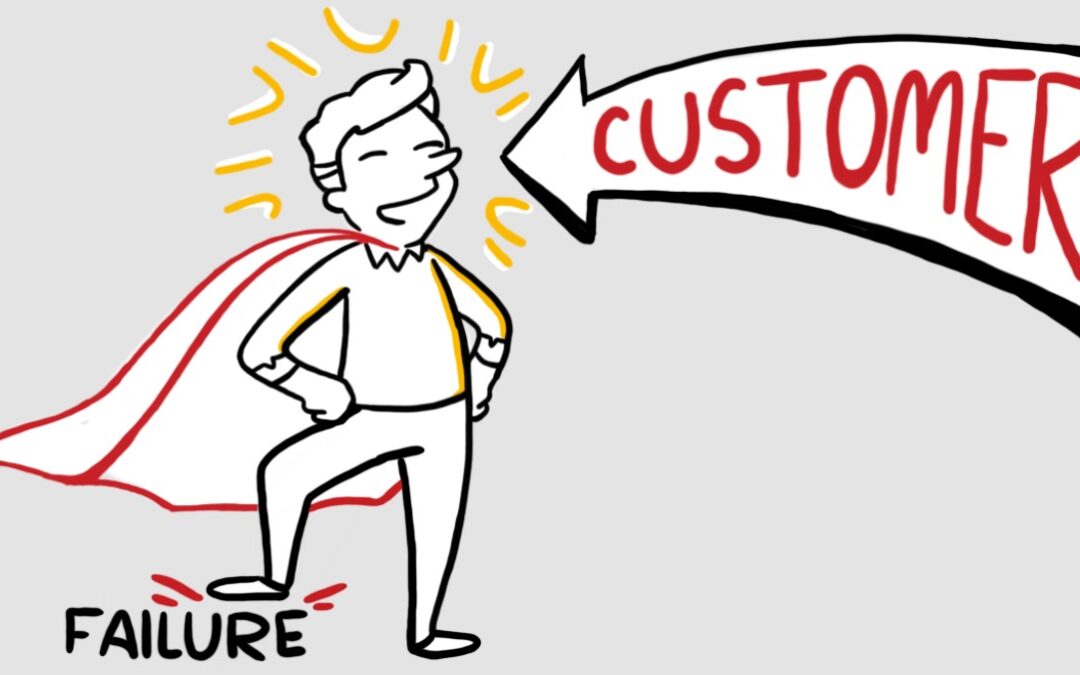We learn a lot from mistakes, but those lessons aren’t free—unless, of course, they come from someone else’s mistakes. Today, we’ll examine some examples of bad brand storytelling, and learn what to avoid when creating and articulating the story of your brand.
Assisting our understanding of what a brand storytelling failure looks like is Claire Wilson’s definition of brand storytelling in general: an effort to “connect with an audience at a deeper level in a way that doesn’t feel like they’re being marketed to.” It’s a form of content marketing, versus a “straight up product flog”, and provides a “nuanced picture of a brand’s values and purpose, and position[s] its products in this context.”
This contextualization is key to brand storytelling. Without a story around and about your brand, your offerings exist only in a mundane and financial context, for both your employees and your consumers. Brand storytelling can get your product out of the world of sales and cost and into a world of your own making. Make sure that world is well-crafted.
Your Customer is Your Hero
Joel Klettke’s discussion of fatal flaws of brand storytelling describes some mistakes that can teach us a lot. First up: the dangers of making the brand story about your product, not the customer. The point of brand storytelling, again, is to get your product into a new, non-sales focused context, not to write a story about that casts the product itself as the protagonist.
Many standard sales initiatives foreground the product, which doesn’t lend itself to customer-focused storytelling. A short video that starts with “Chemico’s Weed Spray—the garden warrior!” is still storytelling, by definition, but the hero is the product, not the customer.
Klettke says good brand storytelling is “about what you help your customers accomplish and the values that underpin your existence.” So, instead of ‘the garden warrior’, let’s say you focus your brand storytelling on Gerald, a father who wants to help his son learn about gardening.
The story can establish Gerald as the hero, present the obstacle of weeds crowding out his son’s favorite flower, and far less overtly promote the product by showing Chemico’s Weed Spray get rid of those invasive weeds to make room for the boy’s favorite plants to grow. In the end, the spray has made Gerald and his son’s time together even happier. The story shows what the product can do for the customer, and reflects your organization’s family values.
Values: Consistent and Continuous
On the topic of values, bad brand storytelling appeals to inconsistent or contradictory values. Klettke points to the disastrous “Not your father’s Oldsmobile” ad as an example of this mistake, which managed to undermine previously established Oldsmobile brand values while replacing them with a disaster. It attracted virtually no new customers, and alienated existing ones—possibly the worst-case scenario for marketing.
Brand storytelling needs to fit your values, even if it is trying to modernize or update them for greater relatability. If you sell high-quality art supplies, values you might promote could be freedom and independence—the freedom to create your image, the way that you want it.
Your storytelling for this brand should maintain this value, so don’t write one about an entire village drawing the same picture in a competition. Instead, think of showing a diverse group of people in diverse settings, each creating unique drawings in their own contexts (a child draws a dragon, an architect sketches a structure, an elderly person draws a sunrise). Each person is clearly independent, and you’ve added universality to the product’s appeal without detracting from this value.
Protests and Pain: Tread Carefully
David Kirkpatrick’s reporting on a misguided McDonald’s ad that seemed to suggest its offerings as a solution to bereavement, and the legendarily bad Pepsi ad starring Kendall Jenner, point out another major mistake in brand storytelling to be avoided at all costs. It’s always dangerous to leverage painful or fraught topics to promote your brand.
McDonald’s might’ve thought it was promoting healing, or something like it, and Pepsi might’ve wanted to talk about social harmony, but both failed utterly. There’s not really a host of success stories in the “tackling a big issue with your product” arena, but the consistent failure of these kind of attempts speaks loud enough. Don’t do this.
If you see something contentious or socially complex on the news, or if you imagine a private moment in a person’s life, your question should truly never be “How can I fit my product into this situation?” It should be the opposite: “How can I be sure that I don’t give the impression that I’m trying to capitalize on this conflict or struggle?”
Never Underestimate Your Audience
At the simplest level, brand storytelling requires good, thoughtful storytelling. The biggest mistakes you can make are the ones that show you weren’t thinking of the customer. People consume stories voraciously, and we’re quick to recognize when one is new, when one is derivative, and when one is just plain bad.
Respect your audience, and if any part of your brand storytelling pitch involves a phrase like “…but that’s fine, they won’t get that,” know that you are making a major mistake.
The best brand storytelling makes the customer the hero, and never the fool. It appeals to your brand values, consistently, and believably. It’s not in-your-face with its promotion, and it’s not crass in its exploitation of vulnerability or controversy. It’s a good story that shows customers how your brand’s involvement in their life can make their own story happier.

